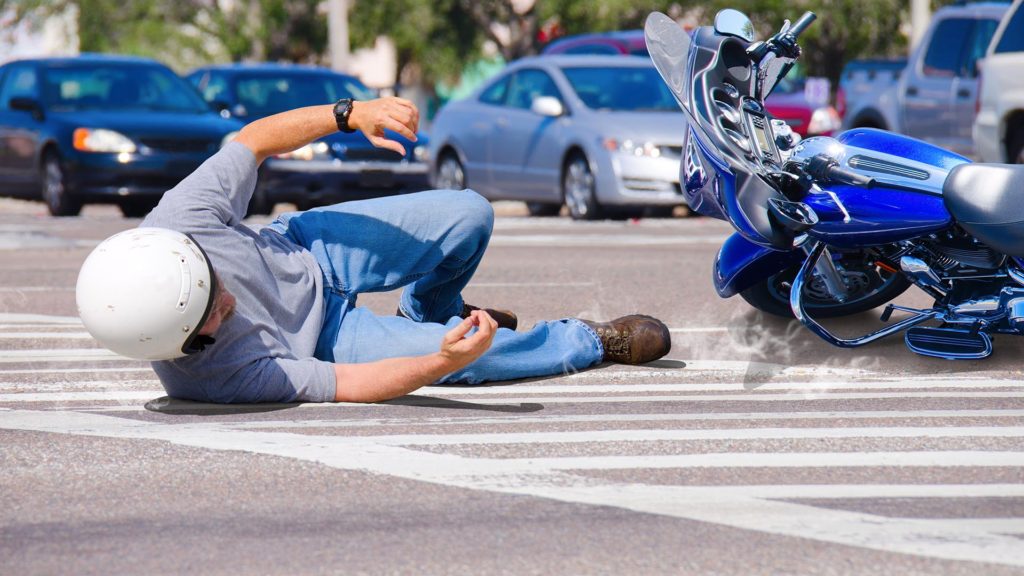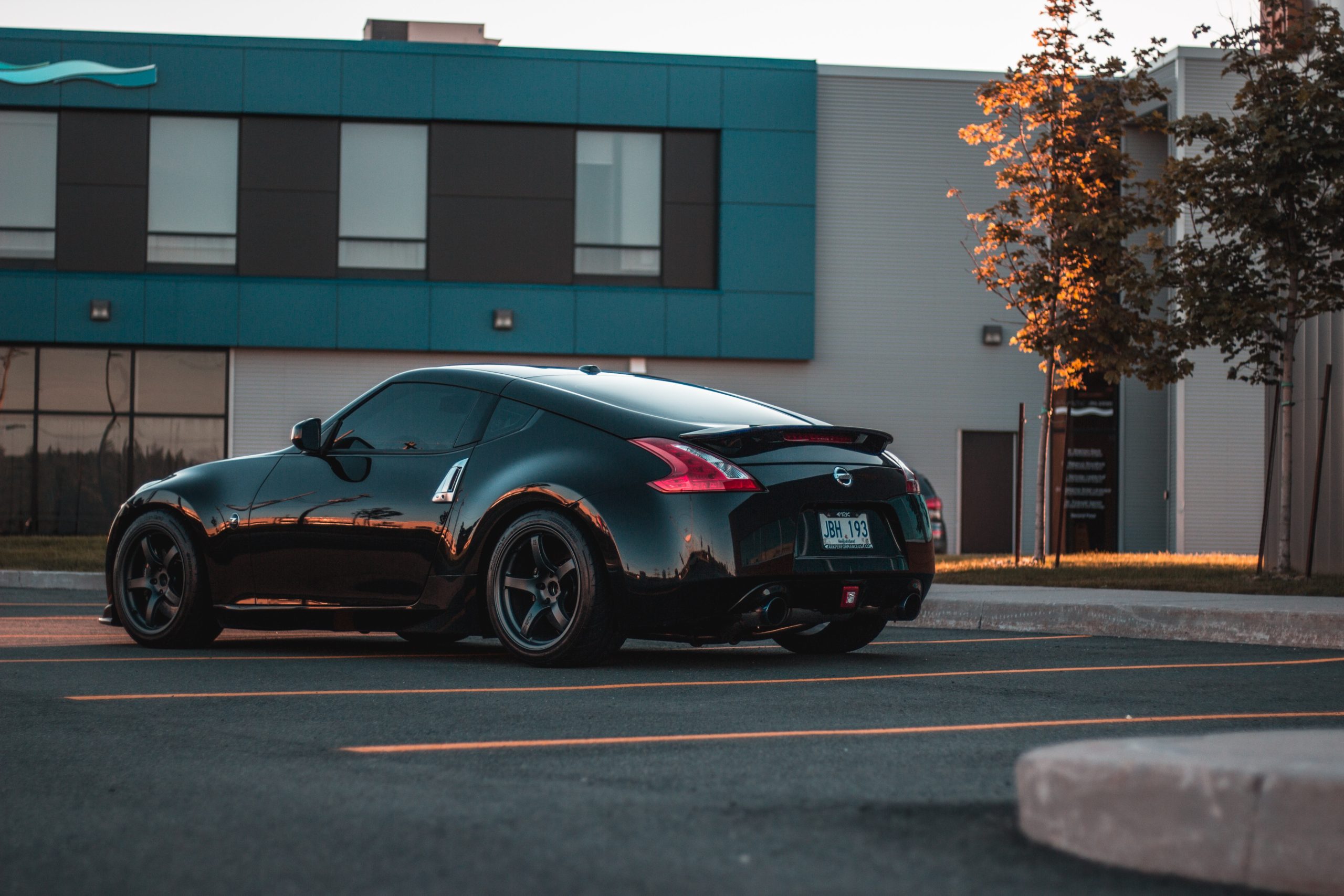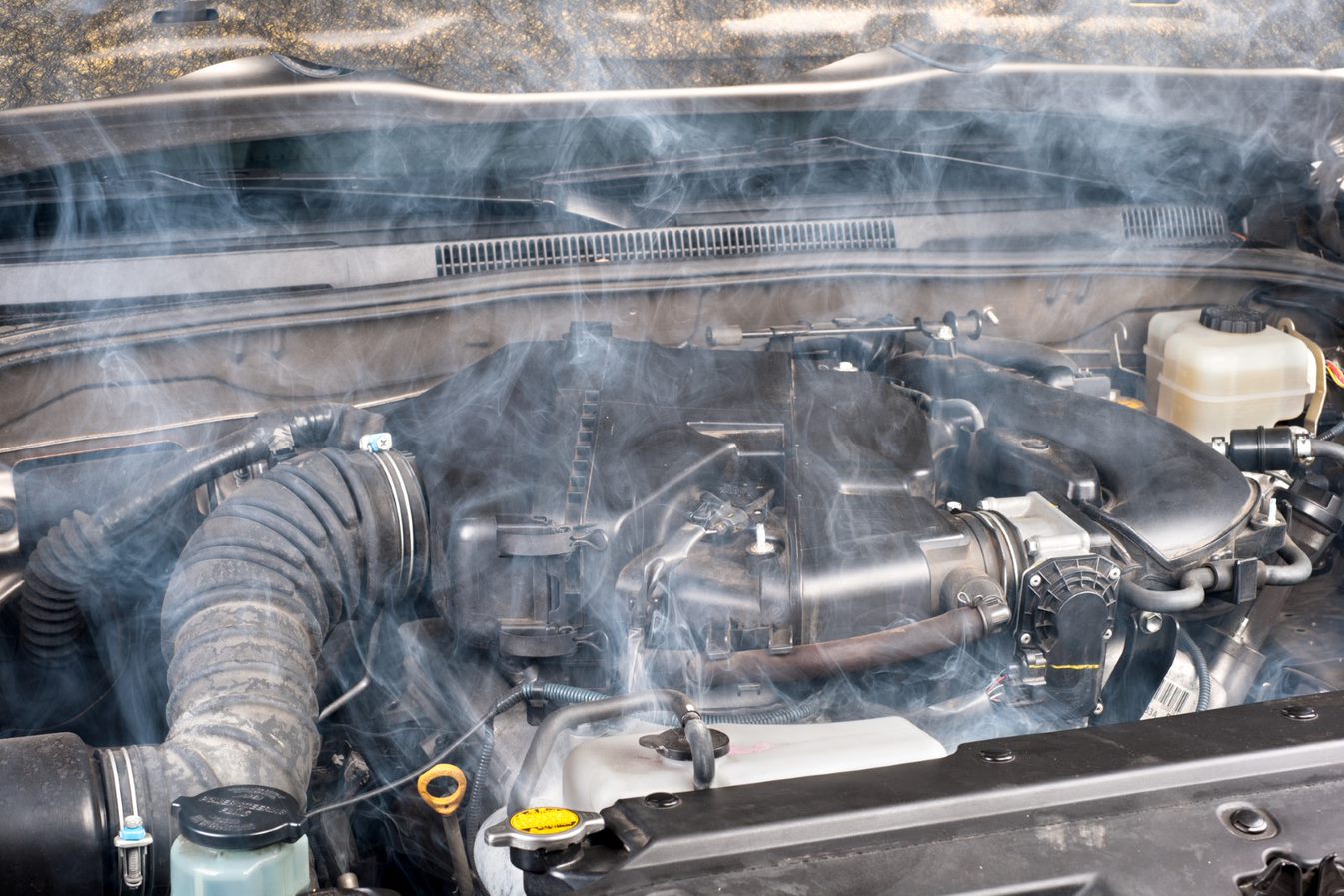
A motorcycle accident can be very serious or even deadly. If you ride a motorcycle, you probably know the risks that are inherent in doing so.
If you’re on your motorcycle and you’re in a crash, there’s a high likelihood that you’ll be injured. Your injuries may be severe.
What if you’re not on a motorcycle, however, and you witness a crash?
What should you do in this situation?
Keep Everyone’s Safety in Mind
When you witness an accident, your first inclination is probably to help, but above that should be the priority of safety. You want to keep everyone at the scene safe, but also yourself.
The initial step you should take is contacting 911. You should, when speaking to the operator, assume the motorcycle rider was hurt, even if they seem okay. Try to secure the scene as well as you can while protecting your own safety until emergency responders get there.
If there are any dangers around the scene, do your best to secure everyone’s safety. For example, if there appears to be oncoming traffic or potential fire risk, you may have no choice except to move someone, although this should be a last resort.
If someone is injured and they might need CPR, you can try that, but only if it’s required and you know how to do it. Otherwise, you should leave the victim where they are and with their helmet on. Immobilize them as well.
Don’t move the injured rider and take photos from all angles if you can. This will help you as you’re telling police what happened or what you think happened.
You might also want to text yourself things that you saw if you witnessed the actual accident because you could forget them later. For example, what speed was the motorcycle going? What other vehicles were involved and what were they doing at the time?
You might think you’re going to remember everything, but there’s a high likelihood you won’t.
If it seems like you could put yourself at risk by approaching a victim, don’t do it.
Make Things Easier for First Responders
You can help someone who was in a motorcycle crash by creating a safe scene for emergency responders when they arrive, so they’re able to do their jobs as efficiently as possible.
This means that if you can, you might set up cones or road flares or perhaps use your own vehicle to let oncoming traffic know there’s a crash. You need to make sure you’re always visible to traffic in doing so.
Attending to the Rider
Some of this was touched on above, but some key points to keep in mind if you’re attending to the rider include:
- Again, move the victim only if they are in life-threatening danger. You can make broken bones and spinal cord injuries worse if you move a crash victim. You should only do it in situations like that person being directly in the path of spilled fuel.
- Don’t remove their helmet. So often, at the scene of an accident, there’s a tendency to want to remove a victim’s helmet to make them more comfortable. Doing so can aggravate a spinal cord injury though. Typically even first responders won’t remove a helmet until a rider is at a trauma center. If there’s a visor, you can open that so the victim can more easily communicate.
- If you aren’t trained in first aid, ask if anyone nearby is. It’s likely if there’s an accident, there will be other witnesses and bystanders.
- If the victim is conscious, try to communicate with them. It’s very scary, and you want to talk with them and try to reassure them, even if the situation looks severe based on your assessment. Try to remain calm and confident, or at least appear as if you are.
- If you are at the scene and the victim is conscious, try to get some basic information you can tell first responders when they arrive, such as their blood type or any medical conditions they may have. It may be difficult later on if the victim loses consciousness.
Finally, if the accident was a hit and run don’t try to catch the driver. It’s better to document everything you can and take photos and videos. Trying to find the driver may mean that you’re not helping the victim, and that can end up being dangerous for you as well. You’re better off trying to help and provide information at the scene.








